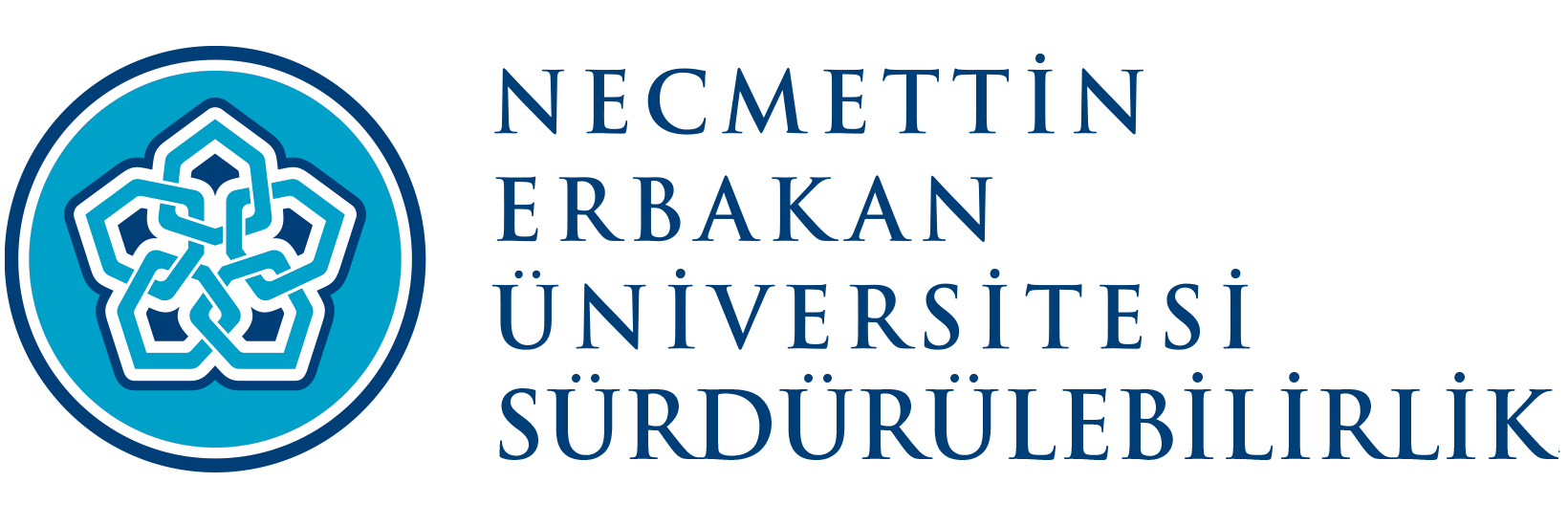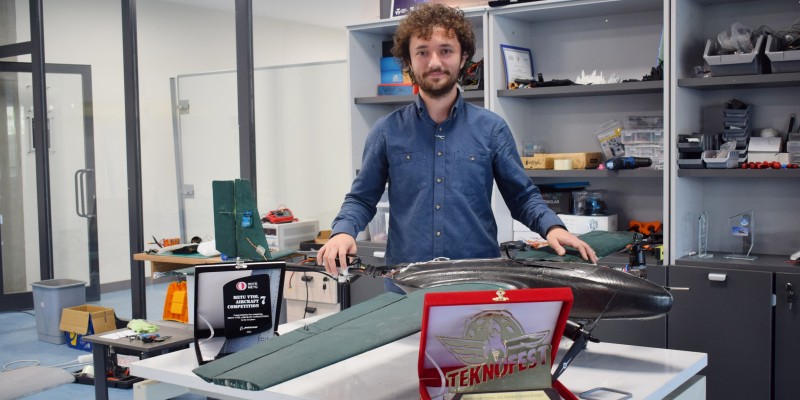
They Produced a UAV That Performs Great Jobs

| Date | 22.12.2023 |
| Department | Faculty of Engineering |
| SDG |   |
The Gokturk team, consisting of students from our university, has gained recognition with its successes in national and international competitions. Under the guidance of Dr. Emrehan Yavsan, a research assistant in the Department of Mechatronics Engineering at our University's Faculty of Engineering, the team, composed of undergraduate and graduate students including Kürşat Çiçin, Kadir Aslanpınar, Ali Kankaya, Sena Türker, İlknur Keskin, Halit Hakan Hızlı, Emine Çağlar, Fatma Yalçınkaya, Dilara Sevim Polat, and Hediye Orhan, is achieving success after success with the unmanned aerial vehicle (UAV) technologies they have developed.
Participating in five competitions in the last five years, the Gokturk team secured first place in each competition, showcasing their visionary perspective, knowledge, expertise, and functionality in national and international competitions held annually. The UAV projects developed by the team have consistently earned them first place awards in both national and international competitions over the past five years.
Kürşat Çiçin, the team captain, stated in an exclusive interview with Pusula News, "Our team aims to improve the quality of education and provide practical applications for students. Since 2018, we have been conducting research and development for our projects to participate in national and international competitions. We have achieved first place in all the competitions we have participated in so far. We received the first place award in the ODTÜVÜTEL competition, organized by METU, which focused on hybrid UAVs. We presented the first VTOL-type aircraft and won the best design award, followed by the first-place award. We have also entered TÜBİTAK competitions and participated in the Savaşenya competition under the leadership of TEKNOFEST, where we ranked sixth. In 2020, we presented a different concept, and in 2022, we participated in three competitions. We have been developing our aircraft since 2018, conducting academic studies, and aiming to contribute to the literature. In our workshop, we work on rotary-wing, hybrid-wing, and fixed-wing UAVs."
Expressing their determination to continue their work, Çiçin mentioned, "We closely follow developments in unmanned aerial vehicles. In parallel with these developments, we continuously update our work. Our goal is to be recognized worldwide in the field of unmanned aerial vehicles."
Highlighting their consistent participation in the ODTÜVÜTEL competitions, Çiçin explained, "Typically, universities such as Koç, METU, ITU, and Boğaziçi participate in this competition. We participate as representatives of our university. Our award-winning aircraft has a wingspan of 1.8 meters, a flight time of 20 minutes, a payload capacity of 1 kilogram, and successfully carried 1 kilogram of payload in the competition. Our aircraft weighs 4 kilograms, while the competitors' aircraft weighs 7 kilograms. It operates with electrical energy and has three motors. One of its distinguishing features is its ability to carry weight, contributing to our success. It generally performs takeoff and landing tests easily. Our goal is to produce a UAV that can carry more weight than its own. We conduct software tests and aim for a continuously improving and always usable tool."
Speaking about their new goal, which involves developing a UAV capable of transporting and carrying out blood analysis, Çiçin said, "Our current goal is to make blood tests, samples, and similar medical materials a part of transportation between the university and the hospital. Not only limited to this, but we also aim to use UAVs to deliver the first medical materials to those in need in rugged terrains and provide first aid more quickly."
Within this context, the team plans to use the hybrid-wing UAVs they have developed to carry out transportation activities within the university campus. The team aims to facilitate the faster and safer transport of sensitive materials such as blood tests and samples.
Emphasizing that their models are entirely unique and designed with the future in mind, Kürşat Çiçin, the captain of the Gokturk team, said, "We produce models with completely original structures in terms of design, modeling, and the software technologies used. Research and development, design work, and bodywork are entirely our own. We print on 3D printers, then, after seeing that it works, we assemble the parts using methods such as metal bending or welding. Only our motor controllers and electronics come from abroad, but we intervene in the software. Unmanned aerial vehicles under the clouds cannot be expected to cover very long distances, so we haven't tested that. It can't go above the clouds, but it can go up to about 200 meters above the ground. It has a flight distance of approximately 12 kilometers without payload. We conduct our test flights on Takkeli Mountain. Since it's a hybrid and not a fixed-wing aircraft, the data is very good. It can typically fly for about 20 minutes. Hybrid UAVs can take off like drones and fly like UAVs."
We extend our gratitude to Pusula Newspaper and Reporter Muhammet Yavaş.